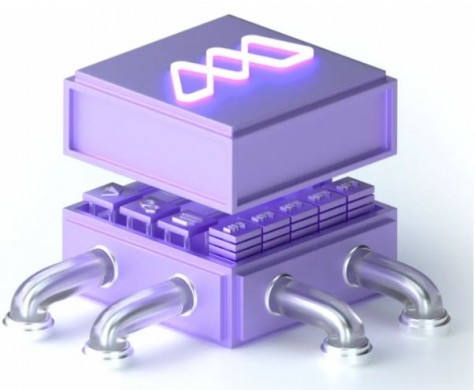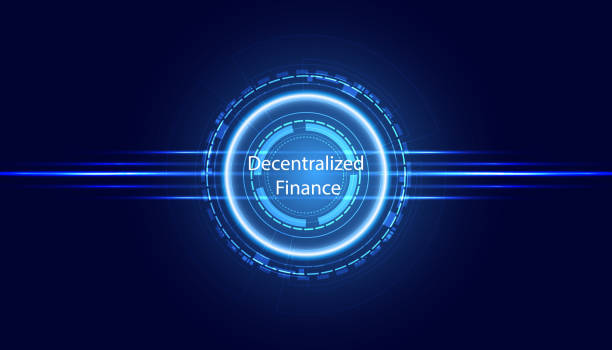The metaverse and Web3 are two terms that have become buzzwords in the tech industry. Multinational companies and corporations are swiftly and earnestly exploring the creation of Web3 and metaverse offerings. Venture capital has become a huge player in the future of the metaverse, but Web3 is what will allow the metaverse to thrive. Companies like Mozverse help businesses that are looking to adopt Web3 and join the metaverse to take advantage of the opportunities that it presents.

What is Web1 and Web2?
Before talking about Web3 and its role in the future of the Internet, it’s important to learn about the previous iterations of the web, dubbed Web1 and Web2. Web1 was the first version of the Internet and it came into our lives in the early 1990s. Web1 was a bare bones version of the internet, especially compared to today’s experience. The entirety of content on the internet was essentially read-only. You could publish content and follow links to read other content, but that was it.
Web2 came about in the early 2000s and introduced a more interactive internet experience. Though it started out slowly with platforms like MySpace, Napster, and many others, Web2 evolved and old platforms were overtaken by Facebook, Spotify, and the like. The development of Web2 has led to the internet you know now, where you can shop, browse, and interact with a seemingly endless number of platforms. But while Web2 has been a boon for human interaction, it comes at a cost.
The Issues within Web2
You pay for your internet service provider, your streaming service, and you might even pay for a premium version of a free platform. Something you may not realize is that you also pay for all the free platforms, just not with your money. Instead, within the centralized world of Web2, you pay with your personal data, privacy, and attention.
In essence, your personal data is monetized. What happens behind the scene is companies like Meta and Google sell your data to other companies, who in turn use it to figure out target demographics and create personalized ad experiences. Then, you, the user, sees a personalized ad and are likely to click it, as it might be something you need determined by the data that was sold. You buy the product, further entrenching the effectiveness of this system, and creating another data point for the company to collect and sell. This loop continues.
The other issue is that your data is stored in a central location, whether on Google, Amazon, or another server. How your data is stored is out of your control, but it’s easiest for these large companies to keep it all in central locations. Centralization creates a single point of failure and thus leads to hacking attempts and data breaches. This is because a treasure trove of users’ personal information can be useful to a wide array of bad actors. When these centralized sources are breached, the data is sold to these bad actors, who then initiate any number of scams such as identity theft, phishing calls, and much more. In addition, you can potentially have accounts frozen by central authorities within this system, as they have overall control.
Web3 Addresses Web2 Problems
The development of blockchain and distributed ledger technology has allowed for a new version of the internet to start forming: Web3. The concept was put forth in 2014 by Ethereum co-founder Gavin Woods. Web3 takes what you know and love about the internet you already interact with, and gives control back to the user. Every aspect of the Web3 experience requires your permission. You decide who to trust and when to trust them. Web3 systems are self-governing, verifiable, and will allow for things like native, built-in payment systems.
Rather than interacting with centralized platforms operating on centralized servers, you can participate in decentralized governance and have an effect on the operations of a platform. This is done through owning cryptocurrencies, which act like a share in a blockchain network.
Some tokens allow you to vote on a direction of a platform. This gives investors a real say over the future of a network and the internet, rather than a few large corporations who are only concerned with their bottom line. Even if you can only afford a small share in blockchain, you can align yourself with a like-minded validator and give them your voting power, helping even the smallest voices to be heard.
The Future with Web3
Web3 aims to empower users by allowing them to directly take ownership over their online data, content, and interactions. You decide what to do with your information instead of a big company deciding for you. If you want to sell your data, you can, but you also have the choice to keep it private. Cryptocurrency wallets on decentralized networks allow you to interact with any number of decentralized applications, all while staying anonymous.
The main thing that Web3 will allow is choice. Web2 services won’t go away even if Web3 takes off, there will always be users who are willing to take a convenient service over one that requires more involvement. Web3, though empowering, requires you as the user to take some responsibility for learning how to use it and the benefits from doing so.
Web2 doesn’t require any of that, so for some, it will be easier to just stand pat. As long as one is aware of the trade-off they’re making, there is nothing wrong with choosing centralized services. However, for those looking to have control over their data, finances, and privacy, they will need to turn to Web3.
The Mozverse Team
The Cofounder and creator of Mozverse is Danny Mozlin. Danny and Mozverse Cofounder Zach Hirsch lead the team to develop the products and offerings of Mozverse. Danny is a technology entrepreneur with hands in a number of sectors, including augmented and virtual reality. Danny combines his knowledge of cryptocurrencies and Web3 with experience working with virtual spaces to create a unique offering for companies entering the metaverse. With the help of a team of more than 20 developers, designers, and marketers, Mozverse is filling a gap in the industry by helping brands create and establish distinguished NFTs in the marketplace.

 Hot Features
Hot Features












